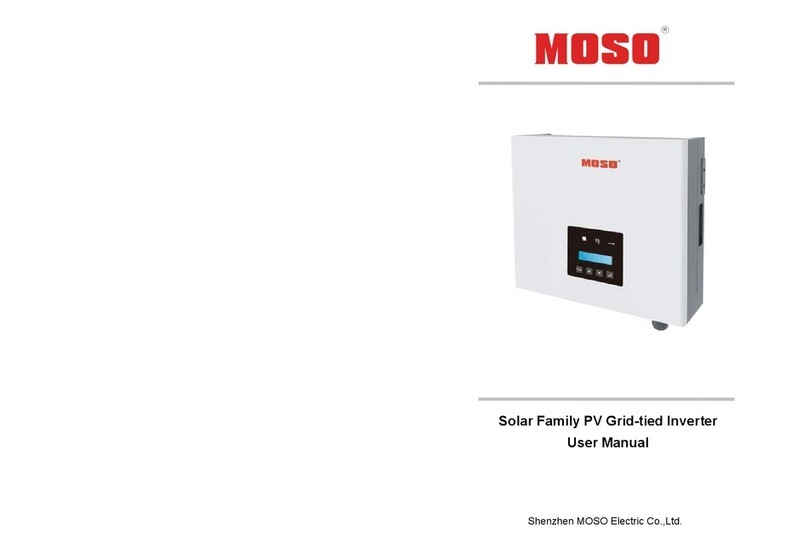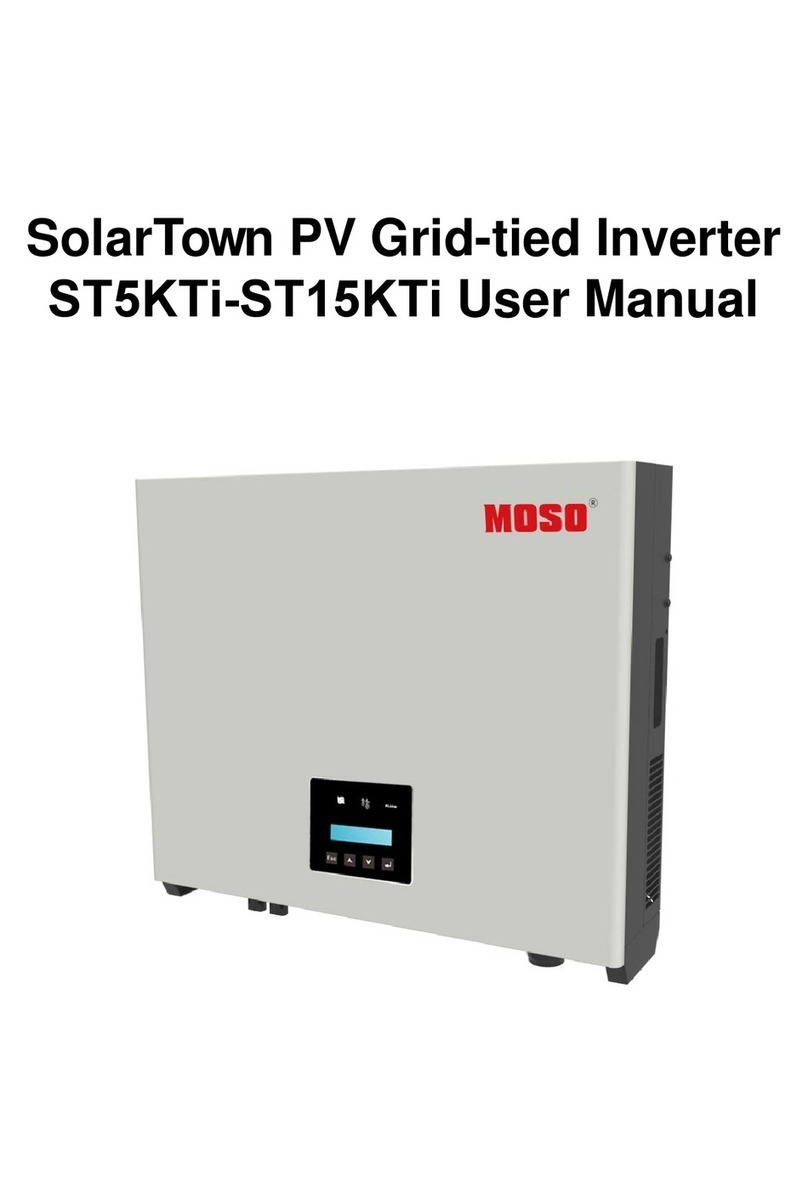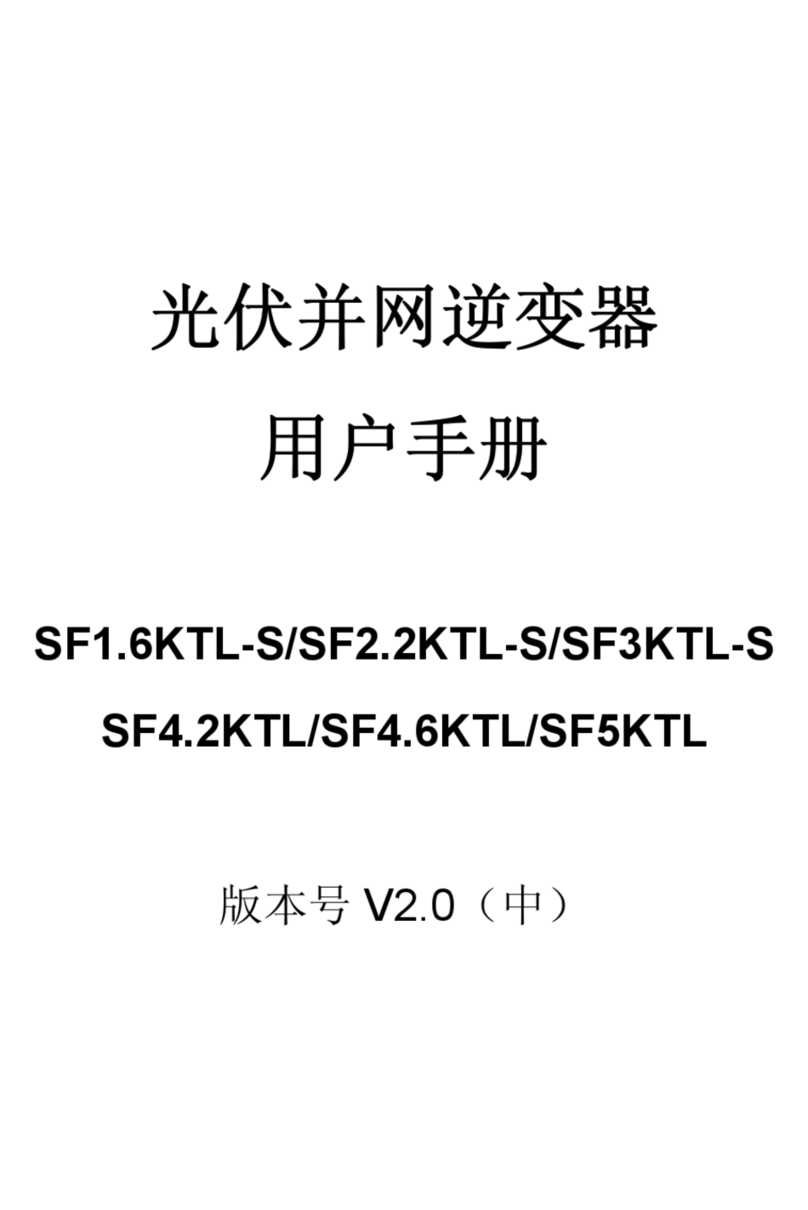
CONTENTS
1. INTRODUCTION............................................................................................................................................................ 1
1.1How to use this manual.........................................................................................................................................1
1.2Validity.....................................................................................................................................................................1
1.3Target Group.............................................................................................................................................................1
2. SAFETY........................................................................................................................................................................... 2
2.1 Safety Instructions.............................................................................................................................................2
2.2 Glossary Symbol.....................................................................................................................................................2
3. PRODUCT INTRODUCTION....................................................................................................................................... 3
3.1 Overview.................................................................................................................................................................. 3
3.2 Type Label...............................................................................................................................................................3
4. INSTALLATION.............................................................................................................................................................. 3
4.1 Installation Process...........................................................................................................................................4
4.2 Pre-installation check.......................................................................................................................................4
4.3 Choose an installation location.....................................................................................................................4
4.4Installing the SF series.....................................................................................................................................4
5.ELECTRICAL CONNECTION....................................................................................................................................... 6
5.1 Electrical connection process.........................................................................................................................6
5.2 Connecting PGND Cables(PE)...........................................................................................................................6
5.3 Connecting AC Output Power Cables.................................................................................................................6
5.4 Connecting DC Input Power Cables...................................................................................................................8
5.5 Disconnect the electrical connections.........................................................................................................9
6. SYSTEM OPERATION................................................................................................................................................10
6.1 Operating mode.....................................................................................................................................................10
6.2 Powering on the SF series...............................................................................................................................10
A.1 DC Input................................................................................................................................................................. 10
A.2 AC Output..............................................................................................................................................................11
A.3 General Data.......................................................................................................................................................... 11


































